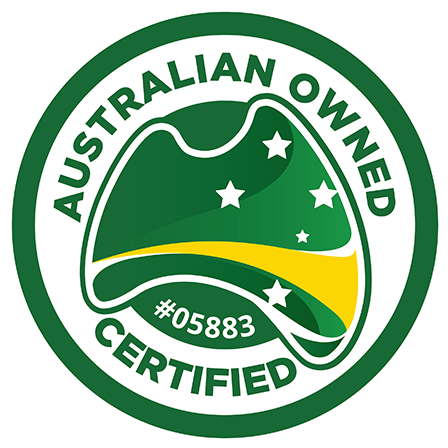In our tech-savvy world, the internet’s like a bridge that links people from all corners. But here’s the thing: this bridge needs to be accessible to everyone, no matter their abilities. So, let’s jump into this guide where we’ll chat about web accessibility, break it down, and throw in some real-world examples to help you make your online space a friendly one for every single person out there.
Why Bother with Web Accessibility?
- Everyone’s Included: Imagine a website where everyone can join the party, no matter what challenges they face. That’s what web accessibility is all about.
- User Happiness: An accessible website is like a comfy couch for your users. They’ll love hanging out there, no matter how they get around online.
- Doing What’s Right: Think of web accessibility as good internet manners. Plus, in some places, it’s the law.
Easy Steps to Boost Accessibility
- Learn the Ropes: Check out the Web Content Accessibility Guidelines (WCAG). They’re like your roadmap to a more accessible site.
- Smart HTML: Think of your HTML like a conversation. Use it to give clear meanings to headings, lists, and stuff. Makes life easier for everyone.
- Picture Perfect: Add short and sweet descriptions to images. That way, everyone gets the picture, even if they can’t see it.
- Stand Out with Colors: Choose text and background colors that play nicely together. It’s like having a conversation in clear handwriting – everyone understands.
- Keyboard Skills: Imagine your website without a mouse. Could people still explore and do stuff? If not, time to make it keyboard-friendly.
- Link Smarts: Be a little chatty with your links. “Click here” is like a cryptic message, but “Check out this article on web accessibility” is much friendlier.
- Forms and Labels: Think of forms like a friendly chat. Make sure the labels are clear and helpful. And if someone messes up, be kind with error messages.
- Videos that Speak: If your website’s got videos, add captions and written versions. That way, no one’s left out, even if they can’t hear.
- Phone-Friendly: People use all sorts of gadgets to surf the web. Make sure your site looks good on phones and tablets too.
Real-Life Heroes
- BBC News: These folks ace web accessibility. They’ve got different ways to make their site comfy for everyone, like bigger text and high-contrast themes.
- W3C: Yep, the creators of those WCAG guidelines? They follow their own rules on their website. They’re like web accessibility role models.
Your Impact Matters
By taking the time to make your site accessible, you’re not just sprucing it up. You’re helping create a web where everyone can join in, connect, and explore without any roadblocks.
Wrapping It Up
Remember, making your site accessible isn’t a one-off thing. It’s like planting a tree that grows and grows. So, let’s design with a big heart, make room for everyone, and make the web a friendlier place, one accessible site at a time.



 ABN: 58 196 482 040
ABN: 58 196 482 040